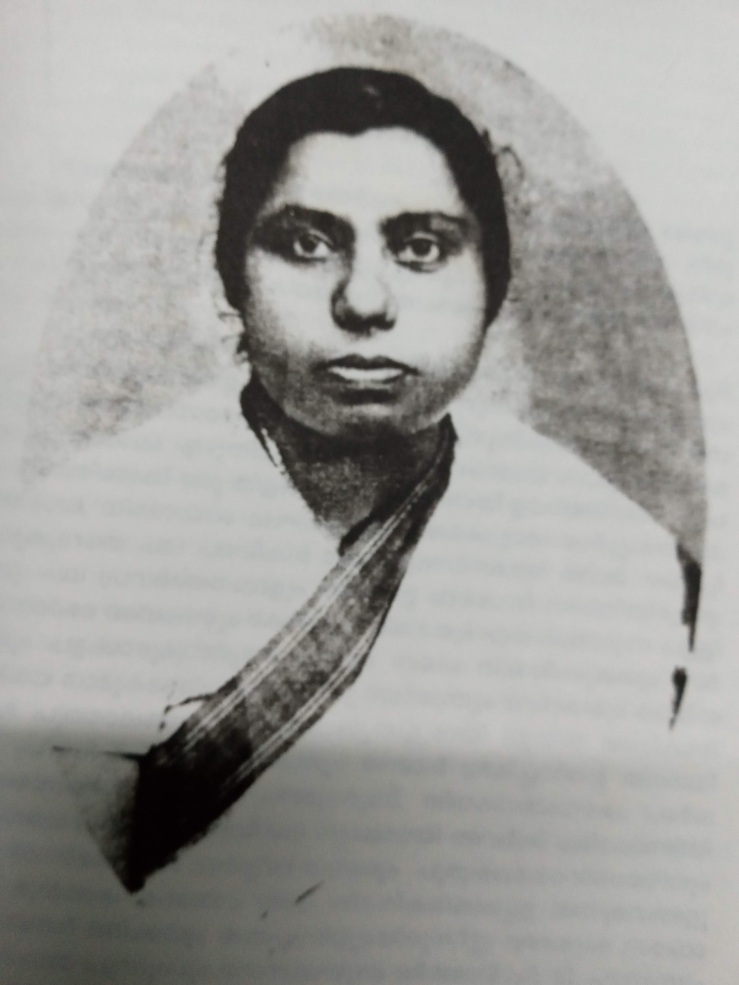As a young feminist in Kerala of the 1980s, I often wondered why we had mostly heroes in the twentieth century history of social and community reform of our society. I mean, our history seemed to resemble the western fairy tales I had read as a child: women as essentially damsels in distress, trapped in the dark fortresses or dungeons of ‘tradition’, who were then rescued by male reformers, knights in shining armour, into the life-giving daylight of modernity. This troubled me, but even the friendlier of intellectual men, teachers, around us assured me that this was what happened, give or take the odd woman leader (who anyway rarely made her way up). I could not be but troubled by it.
So imagine my joy, when, later in the 1990s, as a young researcher, when I stumbled on writing by women of the early twentieth century which showed me that there were women who not only rescued themselves, but who were also capable of seeing through the new games of power initiated by the tale of rescue.
Imagine my indignation when I realized that a whole generation of sharp, articulate, fearless women were rendered completely inaudible and actually invisible by a fairy tale masquerading as the history of reformisms in twentieth century Kerala. Imagine my excitement when I realized that I could adapt their style of intervening critically in public discussions — deploying reason and humour — to my own times as a feminist intellectual.
Of course, some of these women I already knew — Lalitambika Antharjanam, for instance. I learned about K Saraswathi Amma, however, only later. Anna Chandy was just a name one studied for quiz competitions.
I had never heard of V K Chinnammalu Amma, Mrs I C Chacko, Haleema Beevi, B Bhageerathy Amma, Edathatta Rugmini Amma, Padmavathy Amma, Kochattil Kalyanikkutty Amma and others. One had heard of Anne Mascrene, Akkamma Cherian, Ratnamayi Devi, but knew nothing of their struggles besides that in politics. I was slack-jawed by the brilliance of their polemics, and dismayed at how they were fully or partially forgotten, or simply reduced to benignity.

Photo: Accamma Cherian, from her autobiography Jeevitham Oru Samaram, Kottayam: SPCS.
I chose this name – Swatantryavaadini — deliberately. The other choice, probably more familiar to Malayalis — was Navoddhana Vanitha — or the Woman of the Malayali Renaissance. I did not choose the latter precisely because as a critical historian of gender in Kerala, the (in my opinion, the wrongly-named) ‘Renaissance’ in Kerala was an ambiguous experience at best for women, and in any case, the women who I call the first-generation feminists were able to generate critiques of various degrees of precisely this experience of modernity.
Also, this website may perhaps carry more material pertaining to those forgotten or faded figures, compared to the more publicly-recognized foremothers whose success in politics ensured their visibility such as K R Gouri Amma, Sushila Gopalan, or Leela Damodara Menon.
Importantly, this does not mean that this homage is all praise; indeed, that would be impossible simply because the first-generation feminists were flawed sometimes in fatal ways, and the later generations of feminists inherited these. The difference between the Swatantryavaadini and the Navoddhaana Vanitha was not absolute; it was relative.
Indeed, tracing the antecedents of the current upswing of right-wing misogyny among Hindu upper-caste well-educated Malayali women (as evident in their mobilisation against the SC judgement permitting the entry of women of menstruating ages into Sabarimala), one would surely reach some of the articulations of the first-generation feminists.
That does not mean that we should reject them wholesale. The challenge is to own the legacy while making strenuous effort to free ourselves of its failings. So this space will also have critical analyses of the first-generation feminists’ contribution,
However, I want to make it clear that this collection is not complete in any way — it is merely one that shares the material I have been able to find, and what I have been able to translate. There may be many important female figures who may not appear in this collection, that is. While readers may seek information on this website, my hope is that it will educate and inspire — my primary aim is not to collect information.
I will be adding to this collection regularly; anyone is free to contribute and use these materials, with proper acknowledgement. Except the excerpts, most materials here are on a Creative Commons License, the same as the one used in my book Kulasthreeyum Chanthappennum Undaayathengane?Most of the materials here are my own translations and writing but there will be some writing by others as well. This is a labour of love and done for the sheer joy of fulfilling an obligation. Many thanks to my daughters and fellow-feminists Sriranjini and Rajashree for teaching me the stuff I needed to learn to set up a website, and all my friends who wrote for me and allowed me to share their valuable work here. The images used in the collage are the work of the artist Priyaranjan Lal with who I have collaborated since long.
Finally, I must warn the reader that this site is not neatly organized; it is deliberately made to resemble a wild garden. This is not a neat vegetable patch; you cannot just enter, pluck what you need, and leave. It is a place to linger, search, stumble on surprising and marvellous things, to indulge in reverie. That is the only way I know which leads to humane learning and expansive minds.
J Devika.

